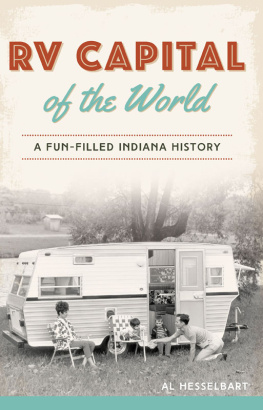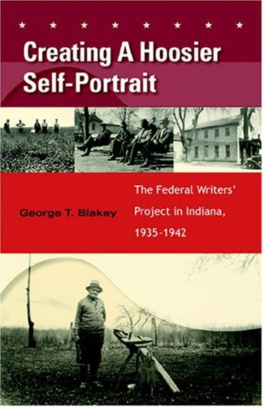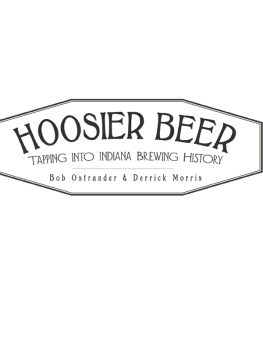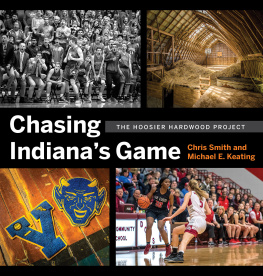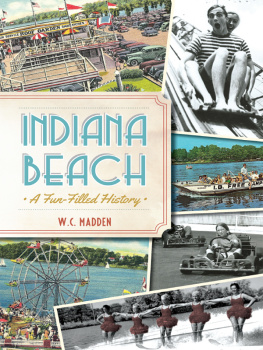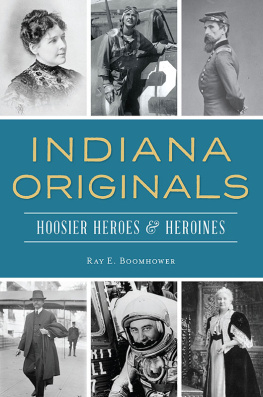


Published by The History Press
Charleston, SC
www.historypress.net
Copyright 2017 by Al Hesselbart
All rights reserved
Cover photo courtesy of Jayco.
First published 2017
e-book edition 2017
ISBN 978.1.62585.805.4
Library of Congress Control Number: 2017931805
print edition ISBN 978.1.46713.534.4
Notice: The information in this book is true and complete to the best of our knowledge. It is offered without guarantee on the part of the author or The History Press. The author and The History Press disclaim all liability in connection with the use of this book.
All rights reserved. No part of this book may be reproduced or transmitted in any form whatsoever without prior written permission from the publisher except in the case of brief quotations embodied in critical articles and reviews.
It is with much gratitude that I dedicate this story to the many RV industry giants who have encouraged, supported, mentored and educated me to involve myself in the study of RV history over the past twenty-five years, especially Harold Platt, who started with his company in 1935 and was still active sixty years later and loved to sit and reminisce; Herb Reeves, who started in the mid-1940s and had five separate ten-year careers, and his widow, Edna, who continued to support me as a volunteer at the RV/MH Hall of Fame into her nineties; and retired Michigan State University professor Carl Edwards, who, in the 1950s and 60s, headed the universitys program offering degrees from bachelors through PhD in RV and mobile home company management. They and many others have provided the knowledge that makes this book possible.
Contents
Foreword
I have known Al Hesselbart for many years through my activities as chairman of the Recreation Vehicle Industry Associations Public Relations Committee, a founding member of the industrys multimilliondollar Go RVing marketing coalition, a longtime member of the RV/MH Hall of Fame and Museum Executive Committee and part of the RV industry for over forty-five years. In my mind, Al is the historian of the RV industry.
I had the opportunity to live many of the more recent events that are noted in this book and read with much interest the tremendous detail that Al includes.
If I ever knew it, I had forgotten how Dometic gas-absorption refrigerators initially made their way to Indiana from Motala, Sweden, via a Russian immigrant, Leon Shahnasarian. How interesting that fifty years after that, Dometic would uproot its Sweden RV refrigerator factory and relocate it in Elkhart, Indiana.
What is it about chicken coops, blacksmith shops and gas stations that make for good RV company incubators?
What a great gathering of innovators and examples of risk-taking noting not only the tremendous successes but also the disappointing failures. Many are included here.
Roots. Al got it right when he wrote about RV University. So many of the industry notables have roots in many other RV companies, having learned much before launching their own operations with their own approaches applied. Very interesting.
Who knew that the Indiana RV industry was connected to the Manhattan Project? Apparently, Al did.
What great reading about the evolution of Thor Industries and Forest Riverthe two giants of the industryand how they came to be where they are at this point.
Before Al retired, he was working full time at the RV/MH Hall of Fame and Museum. He was my go-to guy when I brought Indiana governor Mitch Daniels around for a tour of the RV museum. Same thing with other legislators and celebrities and the producers of Jeopardy! Al was the guy who could be counted on to tell an inside RV story, provide an interesting factoid about the origins of motor camping or relate the history of the Mae West traveler.
This book clearly stands as a testimony that Al was and is the RV industrys historian. With his passion and excitement for the industrys growth and evolution, we see that he also continues as a cheerleader for all things RV.
B.J. Thompson
An RV industry activist and promoter for over forty-five years, B.J. Thompson has been a member of the Recreation Vehicle Industry Association (RVIA) since 1980, chairman of RVIA Public Relations Committee for over thirty years and a founding member of Go RVing Coalition. He was elected to RVIAs board of directors for six three-year terms. He earned RVIAs Distinguished Service to the RV industry, the RVIA National Service Award and the RVIA Spirit Award. He was inducted into the RV/MH Hall of Fame in 2005 and received the RV/MH Spirit Award in 2010.
Introduction
The state of Indiana holds a very important position in the rich history of the recreational vehicle industry and its related travel and camping lifestyle. For over seventy years, since the World War II years of the 1940s, the northern city of Elkhart and the surrounding area near South Bend have been identified as the RV Capital of the World for the high number of trailers and motor homes made there and the great number of manufacturers and component suppliers based there. In the immediate postWorld War II days, there were several areas of concentration of trailer builders spread throughout the country. Southern California, especially the area around Los Angeles, hosted many of the dynamic early manufacturers, as did parts of New York, Georgia and Alabama. As the industry evolved, however, none could compare to the growth in northern Indiana. Surely today, over three-fourths of the recreational vehicles built in America are produced in the Greater ElkhartSouth Bend area of north-central Indiana and southwest Michigan, continuing that status to a greater degree than ever before.

The 2014 Jayco Embark. The Embark is one of todays giant mobile mansions based on stretched highway tractor chassis. Courtesy of Jayco.
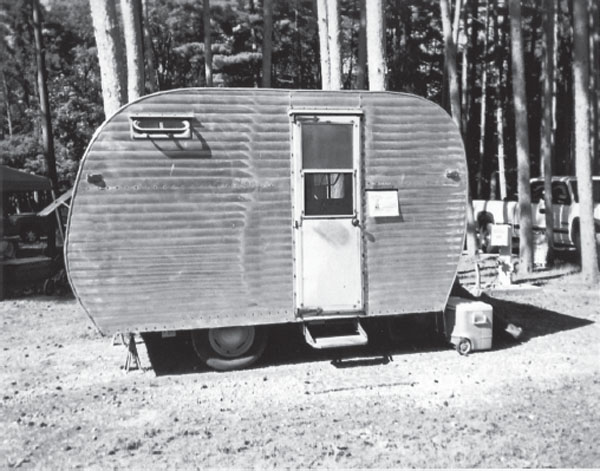
A 1955 FAN Coach. This is one of the smaller trailers built in the early days of FAN. Courtesy of Al Hesselbart.
Indianas place in the early history of the RV, however, was established in the years before World War I, when a few companies around Indianapolis began building and selling camping trailers. These dreamers were the visionaries who wanted to put beds inside of or behind the first rudimentary automobiles to enjoy a weekend retreat and found that their neighbors wanted the same opportunity. While these original camper manufacturers enjoyed only regional distribution, they surely set the stage for Indianas place in the RV world.
CHAPTER 1
The RV Industry Begins
As soon as the earliest autos began to appear on American roads, enterprising woodsmen, hunters, campers and other outdoors-oriented families began to create their own camping vehicles to tow behind the new motorized vehicles. At first, these campers were pretty much homemade lightweight rustic mobile tents created one at a time. Around 1910, a few enterprising entrepreneurs began to produce multiple rigs to sell to their friends and neighbors. The popularity of camping as an American pastime was so great that soon commercial production companies began to appear. It must be remembered that these very first builders were true visionaries who had to create their first campers from their dreams. They did not have predecessors to improve upon but had to design and build saleable campers from visions in their minds. Surely, they had the examples of the tents of our pioneers and the military, but the concept of towing a workable shelter behind rudimentary vehicles was beyond most citizens wildest imaginations. In fact, for many of the early years, those campers who chose to use trailers for recreation travel were looked upon as neer-do-wells and were commonly referred to as gypsies, tramps, thieves or tin can tourists because there was no way to establish where they were living.
Next page
